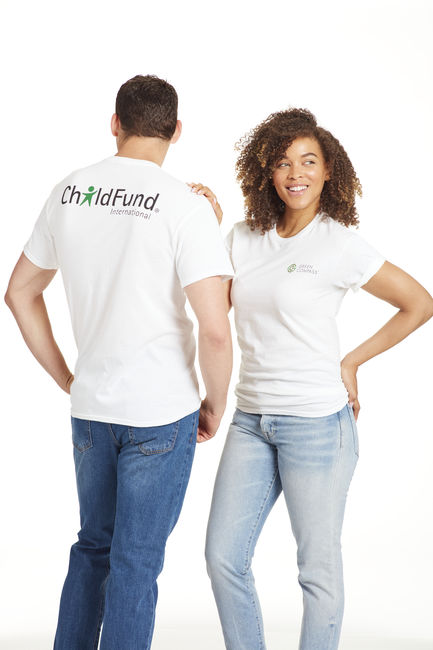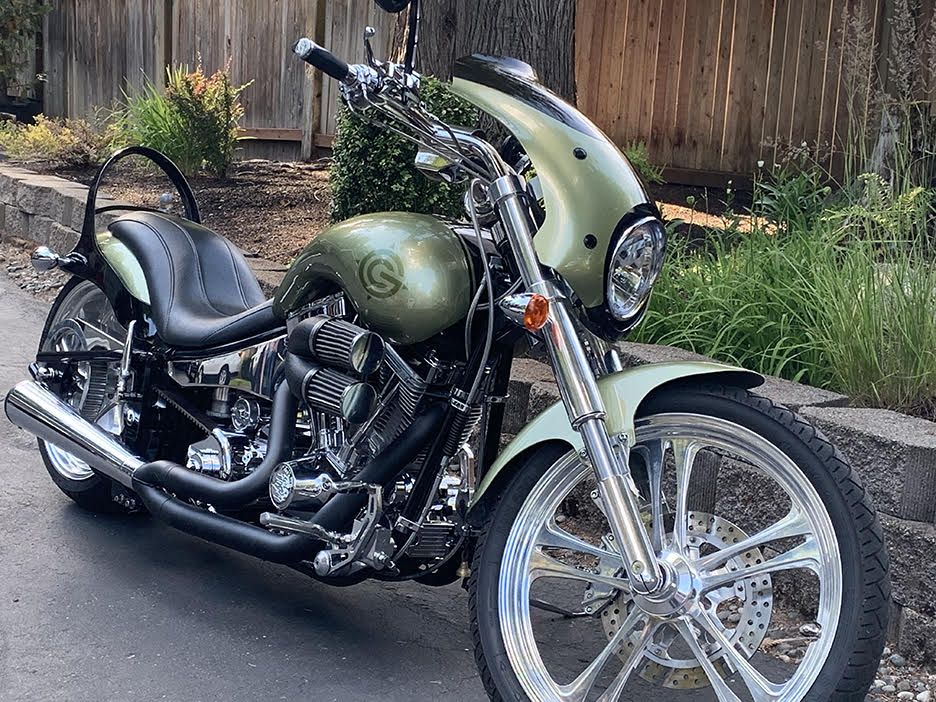In the fast-evolving landscape of cannabis as it relates to health and wellness, one concept has captured the attention of researchers, clinicians, and consumers. That concept is the entourage effect. What captivated my attention about the entourage effect is how it functions on a cellular level. It was the entourage effect and the endocannabinoid system that launched my initial fascination with cannabinoids.
This phenomenon suggests that the therapeutic potential of cannabis is not solely derived from its most famous cannabinoids, like THC or CBD, but from the complex interaction of many molecules working together. It is like each individual instrument in an orchestra creating a desired symphony.
As we dive deeper into our understanding of cannabis, the entourage effect offers a compelling explanation for why whole-plant extracts often outperform isolated cannabinoids in providing relief for conditions like occasional pain, anxious feelings, and acute discomfort associated with exercise or over exertion.
In this educational blog, we will explore what the entourage effect is, what it does, how it works, and address the ongoing debate about its existence. I will also advocate for its validity based on emerging evidence.
What is the Entourage Effect?
The entourage effect refers to the synergistic interaction among the various compounds found in the cannabis plant, including cannabinoids, terpenes, flavonoids, and other phytochemicals. Rather than attributing the cannabis plant's effects to a single main ingredient, this effect demonstrates that the "whole is greater than the sum of its parts". Coined in a 1998 study examining endocannabinoid interactions, the term has since been applied to plant-derived cannabis compounds.
The above-mentioned molecules are believed to enhance one another's benefits, modulate side effects, and create a more balanced response within our bodies. Cannabis contains over 100 cannabinoids, such as THC, CBD, CBDA, CBG, and CBN just to name a few. Terpenes, the aromatic compounds responsible for the plant's scent and flavor, include compounds like myrcene (sedative effects), limonene (mood elevation), and pinene (anti-inflammatory). Flavonoids are what gives fruits and vegetables their color and are known for their antioxidant and anti-inflammatory properties.
When consumed together in full-spectrum products like oils or edibles, these elements form a team approach that amplifies the plant's overall efficacy. This contrasts with isolates, which contain only one purified compound with CBD being a common one.
What Does the Entourage Effect Do?
The entourage effect is credited with enhancing a desired effect of cannabis while potentially minimizing adverse effects. For instance, it may improve pain management by making lower doses more effective and therefore reducing the risk of THC-induced anxious feelings or paranoia. Studies have shown that combining THC with CBD can alleviate cancer-related pain more effectively than THC alone, with patients reporting better relief and fewer side effects.
Beyond pain, the effect may extend to other areas. The following are just a handful of many examples:
- Anxiety and Mood Disorders: Terpenes like limonene, when paired with THC, have been found to reduce anxiety exacerbated by THC in isolation.
- Anti-Inflammatory and Neuroprotective Benefits: Compounds like beta-caryophyllene (a terpene that acts as a cannabinoid) work with CBD to combat inflammation and protect brain cells.
- Appetite and Nausea Control: For patients undergoing chemotherapy, the combination of cannabinoids and terpenes may stimulate appetite and reduce nausea more robustly than isolated THC.
- Sleep and Relaxation: Myrcene-dominant strains, enhanced by THC and CBD, promote deeper sedation without the grogginess often associated with synthetic sleep aids. Real-world applications include full-spectrum products like tinctures or edibles, which users report provide longer-lasting, more nuanced effects compared to isolates.
How Does the Entourage Effect Work?
At its core, the entourage effect operates through pharmacological synergy, where compounds interact to influence the body's own cannabinoid system known as the endocannabinoid system (ECS). The ECS is a network of receptors (most commonly researched CB1 and CB2) that regulates pain, mood, immune response, and more.
The following is a breakdown of the mechanisms:
- Receptor Modulation: Examples include how cannabinoids like THC bind directly to CB1 receptors, producing euphoria or pain relief. CBD, however, does not bind strongly to CB1 but modulates these receptors, reducing THC's side effects like anxious feelings.
- Bioavailability Enhancement: Some terpenes act as bioenhancers, improving the absorption of cannabinoids. For example, limonene increases permeability in cell membranes, allowing more THC or CBD to reach target sites.
- Synergistic Interactions: Flavonoids and minor cannabinoids can amplify anti-inflammatory effects.
Does the Entourage Effect Really Exist?
Despite its popularity, the entourage effect is not universally accepted. Critics argue it is more marketing hype than hard science. They point to a lack of large-scale, double-blind clinical trials and inconsistent results in some studies. However, I firmly believe the entourage effect exists, supported by the growing body of evidence.
While early research was anecdotal or preclinical, recent studies provide concrete justification. For example, a 2024 clinical trial showed limonene combined with THC significantly reduced anxious feelings compared to THC alone, demonstrating clear synergy. Preclinical work, like Ethan Russo's 2011 review in the British Journal of Pharmacology, details how terpenes enhance cannabinoid activity at receptors, backed by pharmacology.
Criticisms often stem from study limitations like small sample sizes, non-standardized extracts, or focus on isolates. However, such limitations should not negate the positive findings. My personal experience can be viewed as observational data and I have consistently seen in my chronic pain population how full-spectrum products outperform isolates at similar dosages and in effect. Also, the approval of drugs like Sativex (a THC-CBD blend) implicitly supports synergy.
I am confident that as researchers dive deeper, more robust trials will solidify the entourage effect’s existence. Plants evolve with complex chemistries for survival, and humans benefit from that complexity. Simply isolating one ingredient is not doing justice to the amazing intricacies of this evolution.
In summary, the entourage effect represents a paradigm shift in how we approach cannabis therapeutics with the emphasis on holistic plant medicine over isolated compounds. By enhancing benefits and reducing drawbacks, it holds promise for more effective, personalized uses of the cannabis plant. While debates continue, the accumulating scientific support justifies its existence and calls for continued research. As cannabis acceptance expands, understanding this synergy will empower consumers to make informed choices. Thank you for reading.
References
Scientific American: "Some of the Parts: Is Marijuana's 'Entourage Effect' Scientifically Valid?" (2017) - https://www.scientificamerican.com/article/some-of-the-parts-is-marijuana-rsquo-s-ldquo-entourage-effect-rdquo-scientifically-valid/
Open Access Government: "What is the 'entourage effect' of cannabis and how can it relieve pain?" (2023) - https://www.openaccessgovernment.org/entourage-effect-cannabis-relieve-pain-cannaboids-terpenes/154305/
Leafly: "The entourage effect: How cannabis compounds may be working together" (2020) https://www.leafly.com/news/cannabis-101/cannabis-entourage-effect-why-thc-and-cbd-only-medicines-arent-g
Medical News Today: "What is the entourage effect and is it beneficial?" (2024) - https://www.medicalnewstoday.com/articles/entourage-effect
PMC: "Decoding the Postulated Entourage Effect of Medicinal Cannabis" (2023) - https://pmc.ncbi.nlm.nih.gov/articles/PMC10452568/
PMC: "The “Entourage Effect”: Terpenes Coupled with Cannabinoids" - https://pmc.ncbi.nlm.nih.gov/articles/PMC7324885/
Healthline: "The Entourage Effect: How Do CBD and THC Work Together?" (2019) - https://www.healthline.com/health/the-entourage-effect
Marijuana Moment: "Is Marijuana's 'Entourage Effect' A Real Thing Or Is It Just Marketing Hype?" (2025) - https://www.marijuanamoment.net/is-marijuanas-entourage-effect-a-real-thing-or-is-it-just-marketing-hype/
Drexel University: "New Study Shows Clinical Evidence of the Entourage Effect" (2024) - https://drexel.edu/cannabis-research/research/research-highlights/2024/April/study-shows-clinical-evidence-entourage-effect-thc-limonene/
MDPI: "The Entourage Effect in Cannabis Medicinal Products" - https://www.mdpi.com/1424-8247/17/11/1543
Forbes: "New Study Further Confirms Entourage Effect Of Cannabis" (2024) - https://www.forbes.com/sites/andrewdeangelo/2024/03/21/new-study-further-confirms-entourage-effect-of-cannabis/
The Conversation: "The 'entourage effect' — what we don’t know about how cannabis works" (2025) - https://theconversation.com/the-entourage-effect-what-we-dont-know-about-how-cannabis-works-251799



